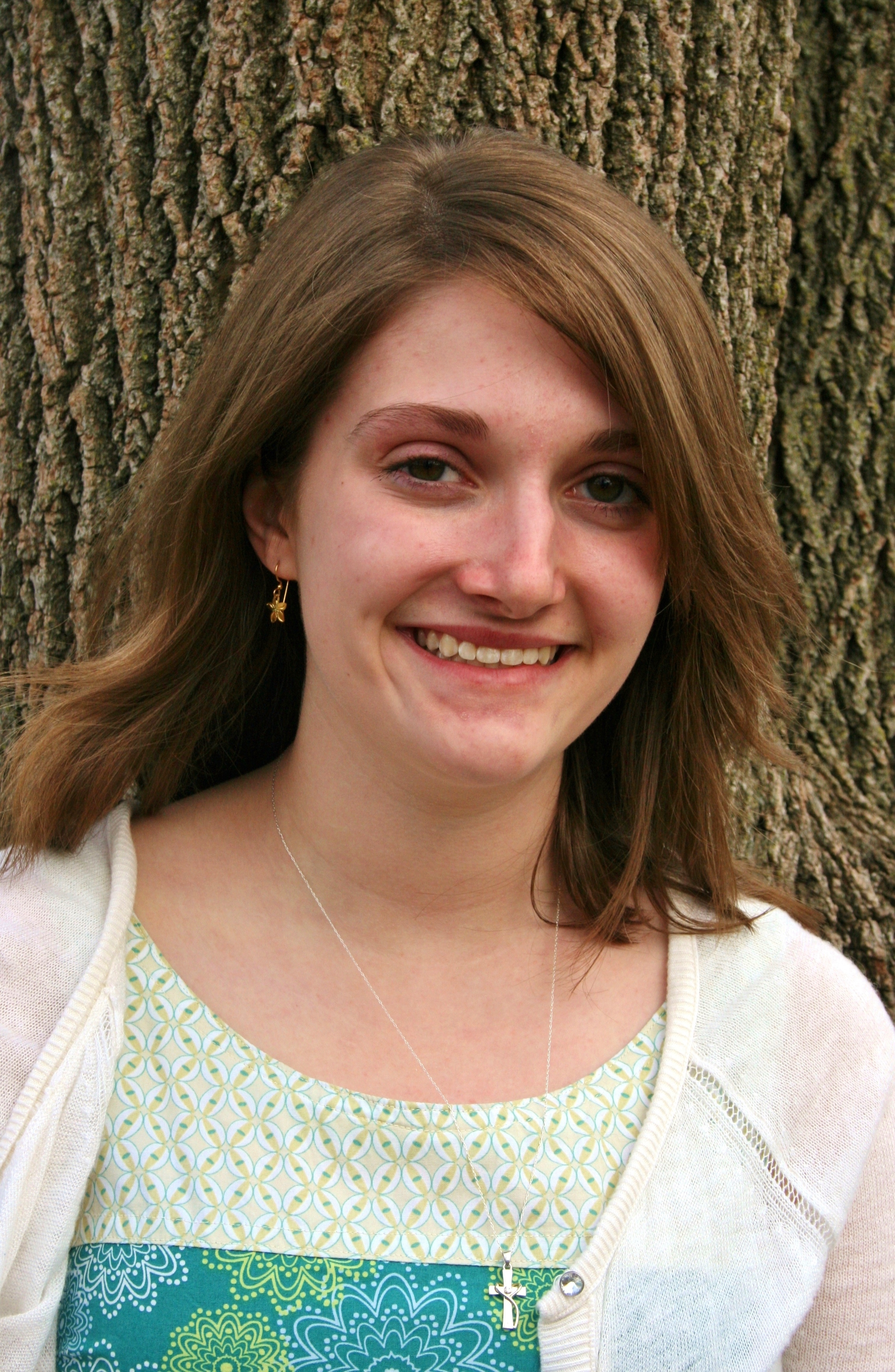Celebration of Scholars
Investigating Thunderstorm Electrification by Simulating Storm Charge Structures
 Name:
Stephanie Bradshaw
Name:
Stephanie Bradshaw
Major: Physics
Hometown: Ripon, Wisconsin
Faculty Sponsor:
Other Sponsors:
Type of research: Independent research
Funding: Wisconsin Space Grant Consortium
Abstract
Understanding how thunderstorms work is important as
it can help assess risks associated with electrical activity in thunderstorms
and other phenomena of a somewhat similar nature such as volcanic eruptions,
heavy snowstorms, and large hurricanes. In
this study, we focused on understanding how thunderstorms work in the sense of
their electrification processes. We started with a review of the scientific
literature in order to grasp the current knowledge and understanding of
electrification processes in thunderstorms. We then investigated what types of
observations could be made using CAERENet (Carthage Atmospheric Electricity
Research and Education Network) electric field mills. In order to understand
what could be perceived about thunderstorm electrification from the electric
field mill observations, we also built mathematical models of electric charge,
current, and electric field using Python.
A comparison between computer models/simulations and electric field mill
observed data will be used to better understand electrification processes in
naturally occurring thunderstorms in future projects.
Submit date: March 6, 2016, 9:19 p.m.
